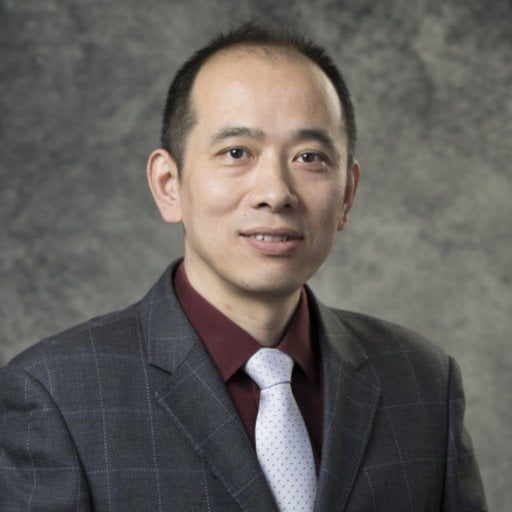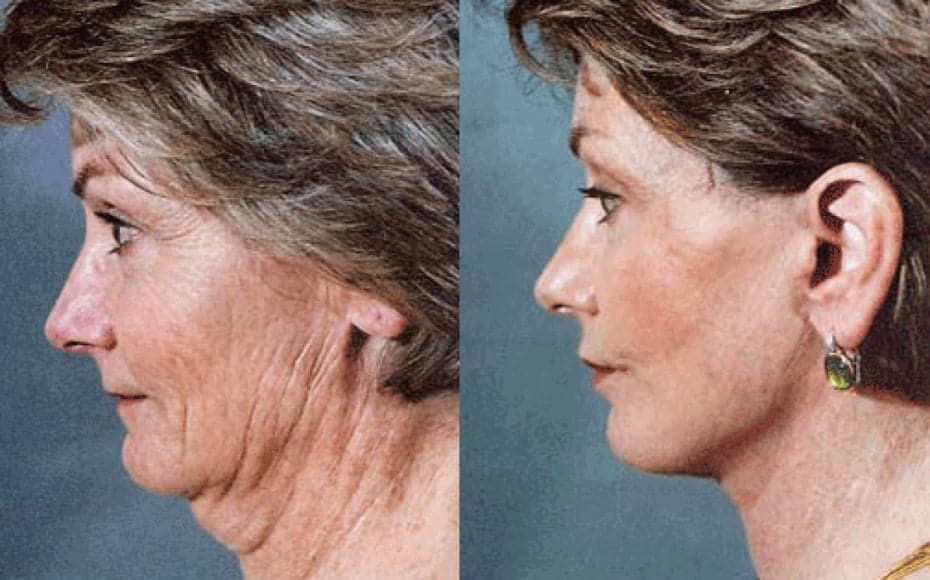Cellular senescence, a state of permanent growth arrest, has emerged as a hallmark and fundamental driver of organismal aging.
Cellular senescence is regulated by both genetic and epigenetic factors, not all of which are clear to science. There is a lack of systematic investigation into the intervention of these genes that leads to effective gene therapy against aging and related diseases, to extend lifespan.
How many aging-promoting genes are there in the human genome? What are the molecular mechanisms by which these genes regulate aging? Can gene therapy alleviate individual aging?
A research team fromChinese Academy of Sciences has shed new light on the regulation of aging to extend lifespan.
Chinese research

Recently, researchers from the Institute of Zoology of the Chinese Academy of Sciences (CAS), Peking University, and the Beijing Genomics Institute of CAS collaborated to identify new genes that contribute to human senescence.
The screening system used is the now well-known CRISPR. The goal: to provide a new approach for anti-aging gene therapy.
In this study, the researchers observed human stem cells aging prematurely and identified more than 100 senescence-promoting genes.
They then "inactivated" as if with a switch each of the first 50 genes "suspected" of contributing to cellular rejuvenation to verify the effect.
CAT7
Among them, the KAT7 gene has been identified as one of the main targets for alleviating cellular senescence. Increased in human mesenchymal cells during physiological and pathological aging. KAT7 depletion attenuates cellular senescence, while its overexpression accelerates it.
Mechanistically, KAT7 inactivation reduced histone H14 lysine 3 acetylation, repressed p15INK4b transcription, and rejuvenated human senescent stem cells.
Cumulative studies have described that age-associated accumulation of senescent cells and proinflammatory cells in tissues and organs contributes to the development and progression ofaging and age-related disorders. In mice, ablation of senescent cells mitigates tissue degeneration and extends healthspan in mice.

The proven gene therapy
In this study, researchers found that intravenous injection of a lentiviral vector encoding Cas9/sg-KAT7 reduced the proportions of senescent cells and proinflammatory cells in the liver, decreased circulatory senescence-associated secretory phenotype (SASP) factors ) in the serum and extended quality and lifespan of aged mice.
These findings suggest that gene therapy based on single-factor inactivation may be sufficient to extend lifespan (at least in mice, for now).
Is it gene therapy on humans? We are getting there.
The researchers also found that treatment with the lentiviral vector encoding Cas9/sg-KAT7 or a KAT7 inhibitor WM-3835 alleviated human hepatocyte senescence and reduced the expression of SASP genes, suggesting the possibility of applying these interventions also in clinical contexts with targeted gene therapy.
Overall, this study conceptually demonstrated that gene therapy based on single factor inactivation is capable of delaying individual aging.
This study not only deepens our understanding of the aging mechanism, but also provides new potential targets for gene therapy that extends lifespan.
Reference: “Genome-wide CRISPR-based screen identifies KAT7 as a driver of cellular senescence,” 6 January 2021, Science Translational Medicine.
DOI: 10.1126/scitranslmed.abd2655


